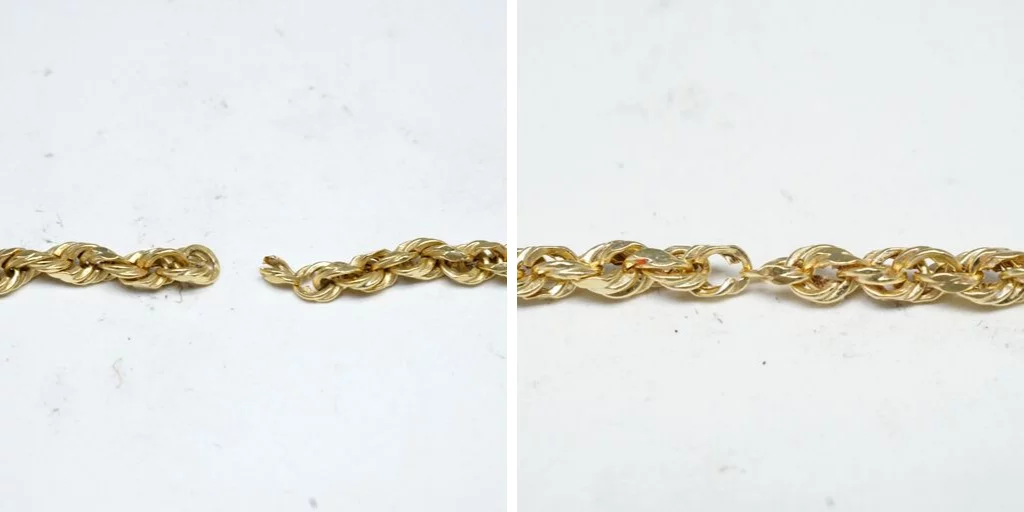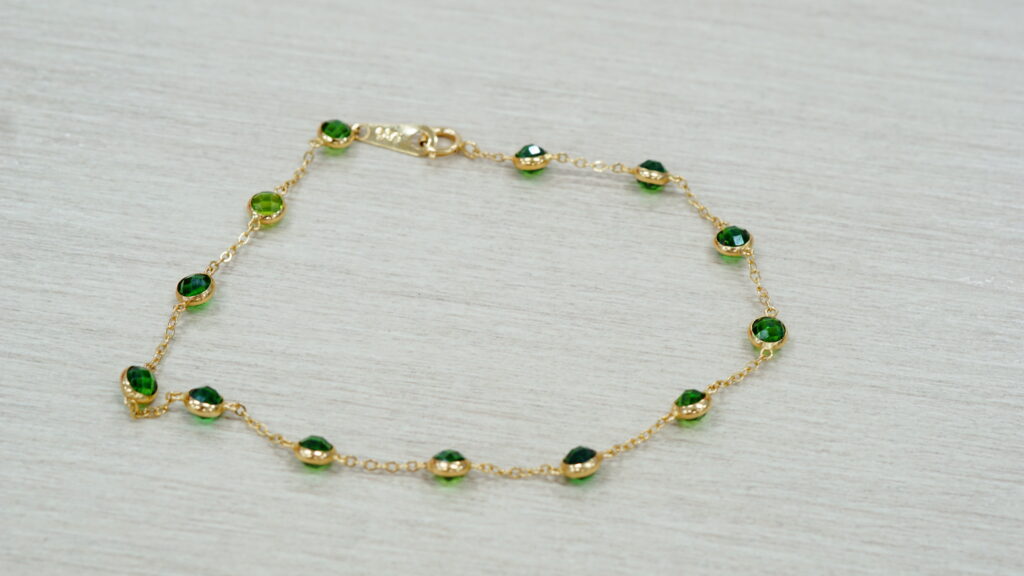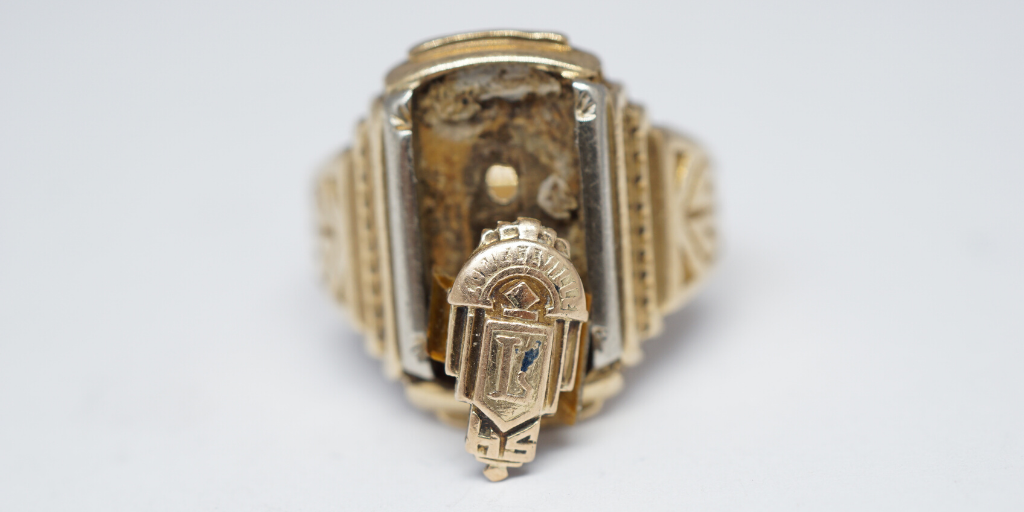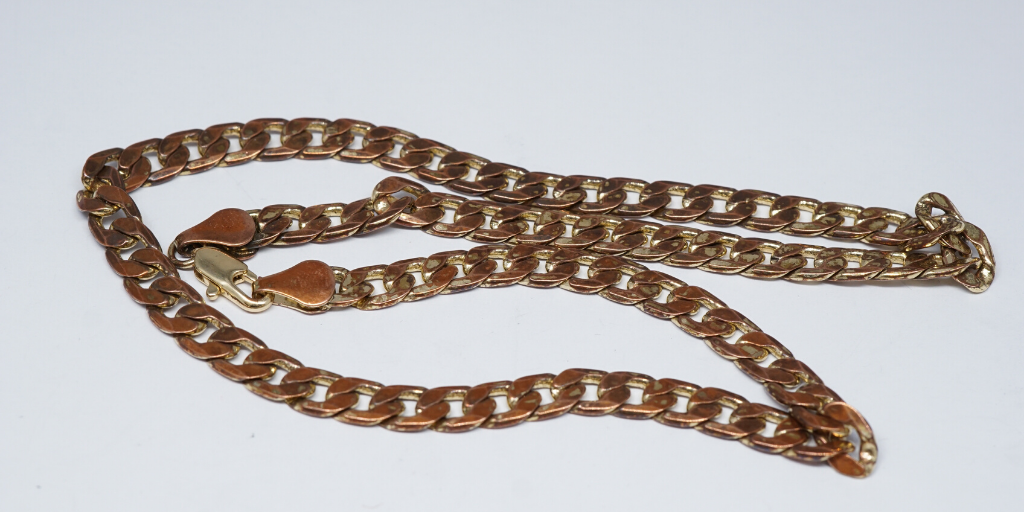4 Different Types of Difficult Chains To Repair
Written by Annabelle
September 30, 2019

Not all jewelry is created equal…and not all jewelry is repaired equally either! If you have a broken necklace or bracelet in need of chain repair, you might be experiencing mixed results with some jewelers in getting it fixed. Worse yet, they might be turning you down- but why? Read on to learn more about why your jeweler is saying no to chain repair.
How are Chains Repaired?
Chains are usually pretty easy to fix, if they’re within a standard thickness around 1.4mm. Depending on the type of chain, the jeweler can cut a link open at one of the two broken ends, thread it through another link, and fuse the gap shut with solder, an easily melted metal alloy that functions like a glue.
Other types of chains aren’t as straightforward, however. For instance, it’s hard to repair a rope chain and maintain its original integrity due to the way it’s constructed; the area of work will have a visible difference in comparison to the rest of the chain. Certain chains will never look the same even after repair. Here are a few scenarios as to why a jeweler might turn a chain repair down:
1. The chain is hollow
Rope chains are notorious for this construction: the design of the chain is empty on the inside of the links. This is to reduce metal weight and make the piece cheaper for sale. While it means you can buy the chain for a lower price, it also means that the item will be “crushed” at the spot where the jeweler works on it. In addition, the repair is not strong and may not withstand daily wear over time. As a result, some jewelers will turn the item down to avoid any potential issues with their customers.

This rope chain was fixed by weaving one single link through the area of repair.
2. The chain’s design can’t be fixed
Herringbone chains and other custom designed chains are almost done for if they are broken. Because these chains are constructed via a series of fluid, interlocking flat links, if the chain is snagged it “unravels” the entire structure. The links are usually very thin slices of metal, and once they’re bent it’s near-impossible to hammer them back to an acceptable state.
Most jewelers will not even attempt the repair with these pieces; however, we will take them and let the client know that the areas of work will be very visible. Our jeweler gently bends and moves the chain back into place with several probes; he then tacks certain locations in less-visible areas (such as the back) to make the links stay.

This herringbone chain was snagged and torn. Our jeweler “unfolded” the links to the best of his ability.
3. The metal is strange
If your chain is made from an unconventional base metal such as brass, bronze, or copper, the jewelers may not take a chance on it. This is especially common if your chain has other components on it such as stones, charms, and pendants. Unknown metals can react very strangely to heat, and the soldering process requires exposure to a laser or a flame. When the metal heats up, it could potentially melt or burn, causing damage to the chain and anything attached to it.
Additionally, the area of repair won’t match the rest of the chain. Most jewelers do not have base metal solder, so they will default to using silver solder. This disrupts the overall color of the chain.
At Quick Jewelry Repairs, to avoid these issues, we test the chain with a little heat first. If it reacts badly, we will inform the customer that we cannot perform the repair. If it seems to take heat well, we’ll remove any components from the chain that may burn in the repair process as an extra precaution before we proceed. The chain is then polished and re-plated if necessary to make the color uniform.

This brass chain had a lot of plastic beads and stones. Our jeweler added links in a similar metal and minimized the amount of soldering needed.
4. The chain is plated
Some chains are plated with gold or rhodium in order to give it a certain color. The repair work removes that plating, exposing the original color of the metal underneath. As some jewelers may not have the ability to gold plate the chain, they will turn it down to avoid any issues with their customers.
An additional factor is the original metal of the chain. If the chain is sterling silver plated with gold, most jewelers should be able to re-plate that. Strange metals, however, cannot be plated easily and if the jeweler determines that it's not readily conducive to the gold plating process, they will not take the job.
Our jewelers can work with atypical jewelry metals that need plating. We do this by nickel plating the chain to make it chemically compatible with the gold plating process, and then we proceed to place it in our gold-plating tank for the final coloration.

This citrine pendant was gold-plated to restore its original color.
Now you're up to date on reasons why your jeweler won't perform the chain repair! If you're experiencing this issue, hit us up in the comments below and we can help you out.



Nice to get and easily understandable informative reply to this question.